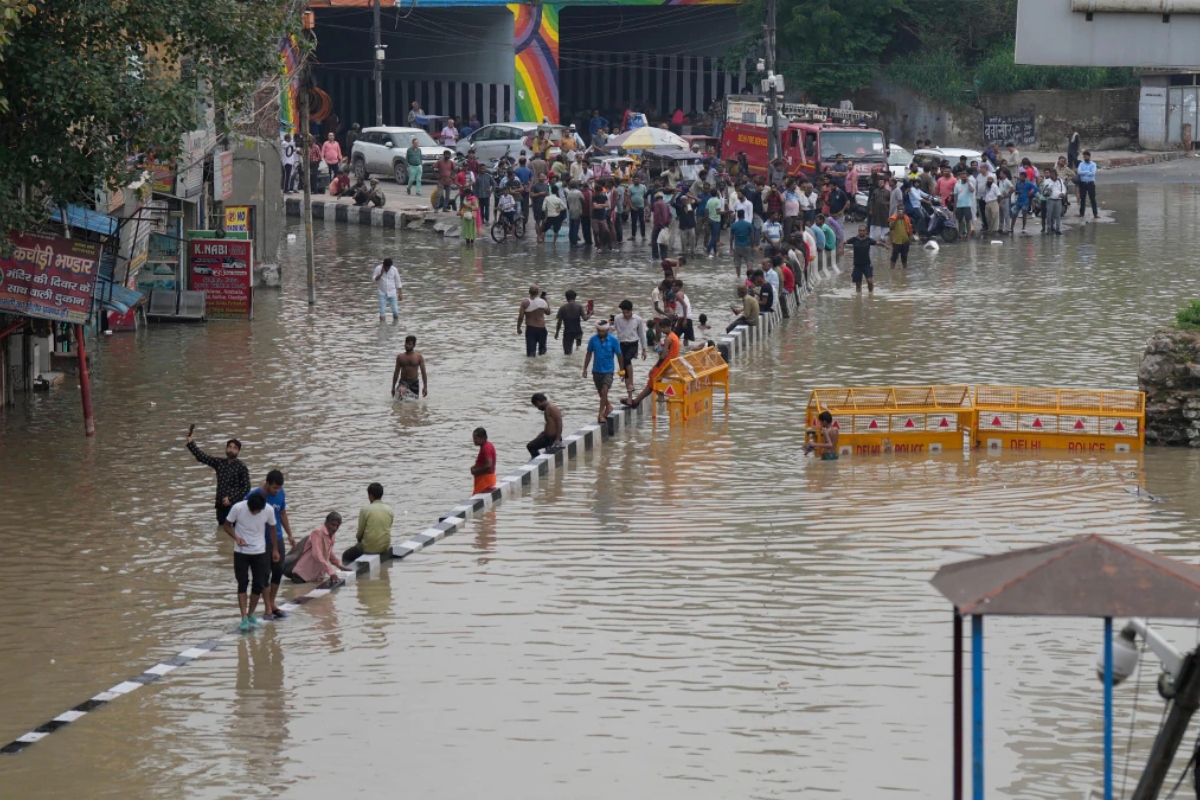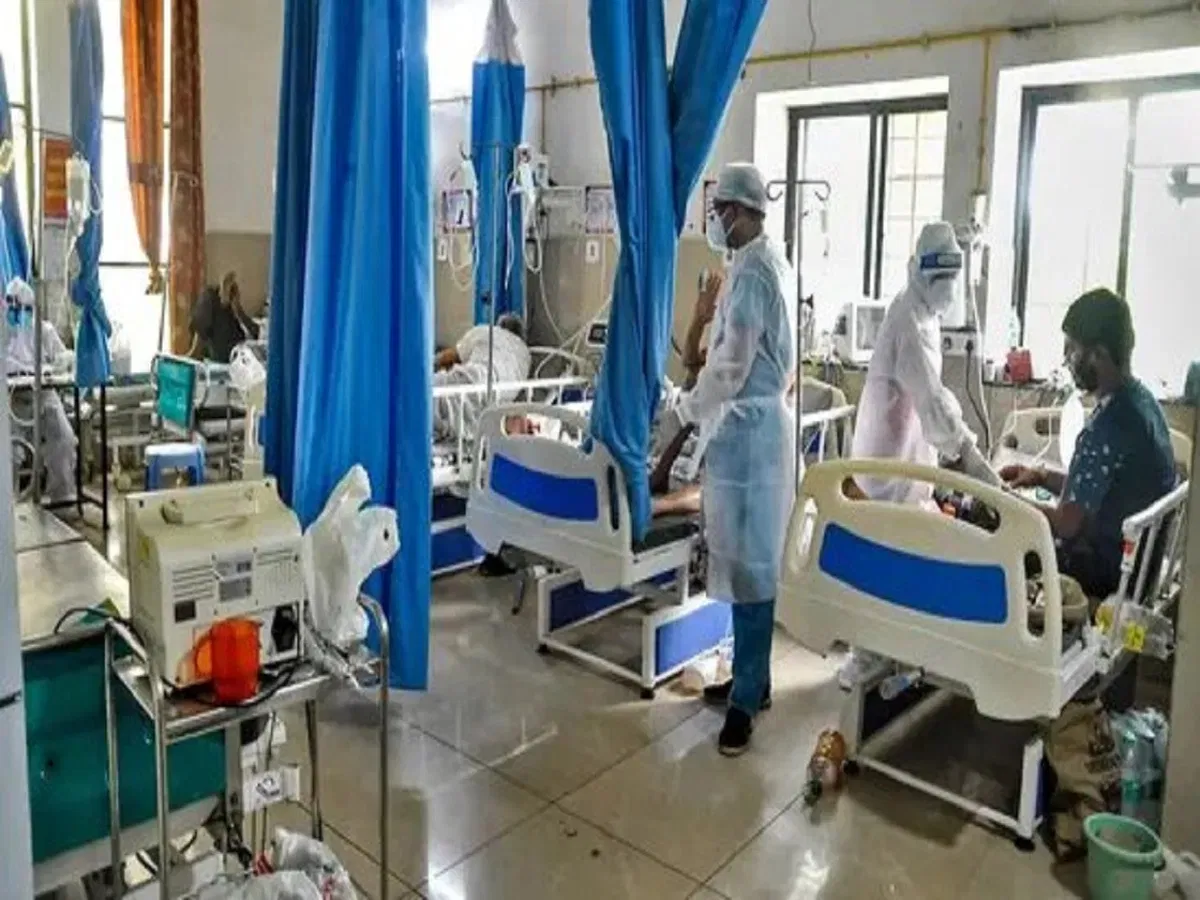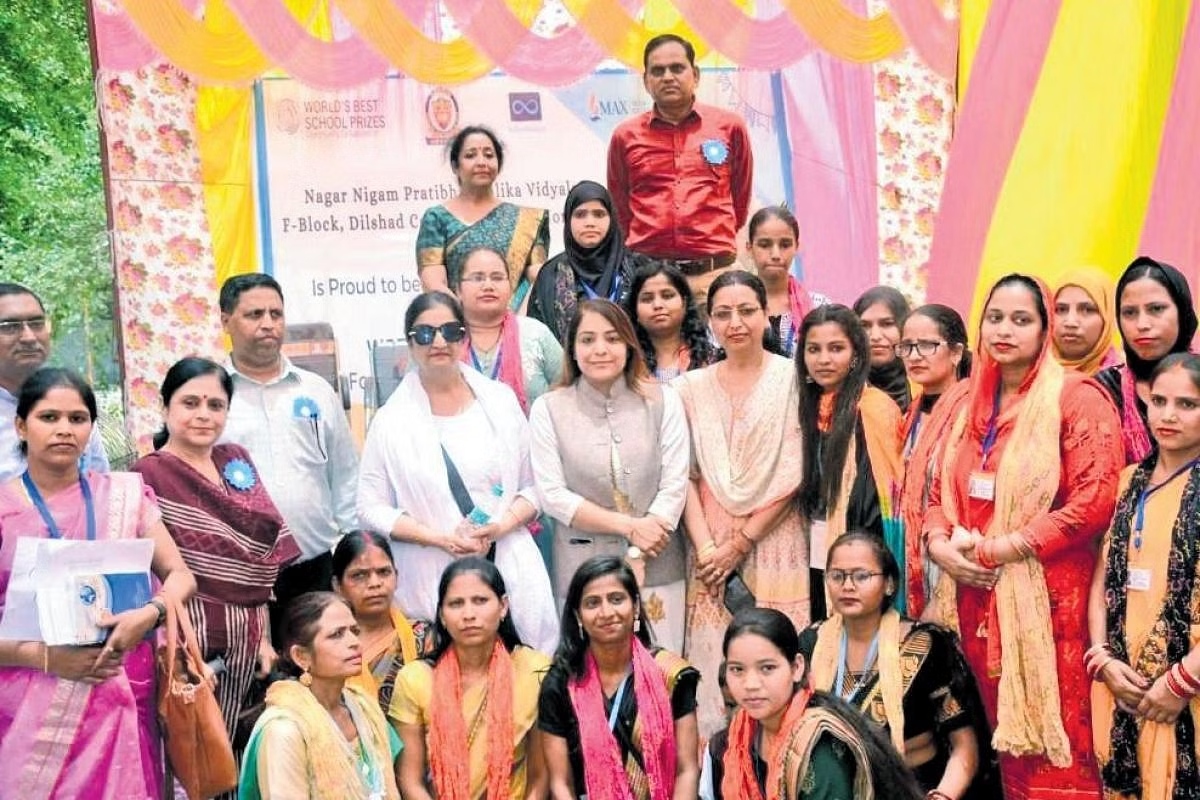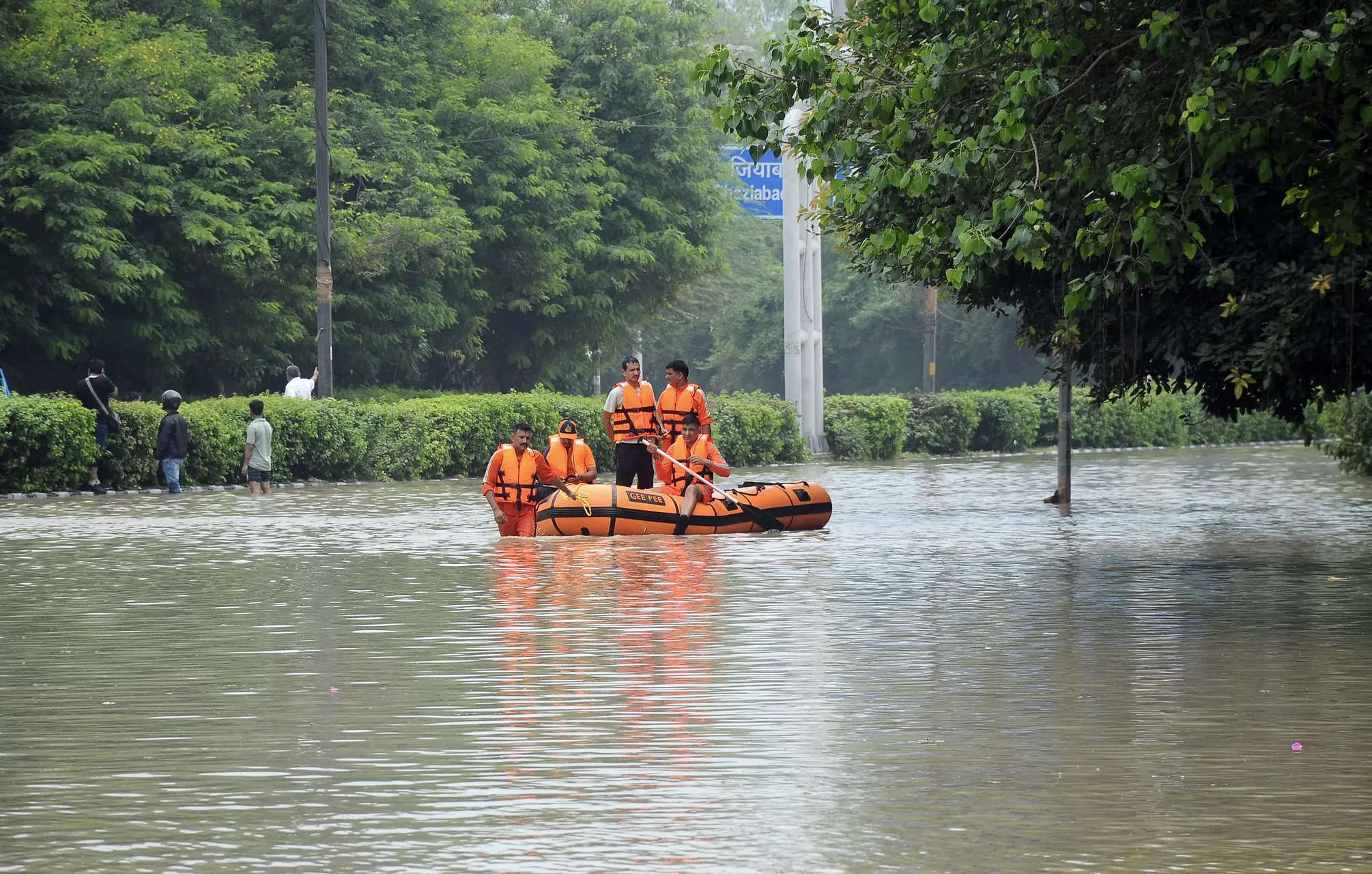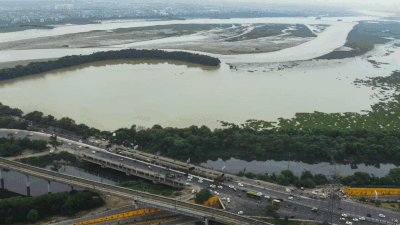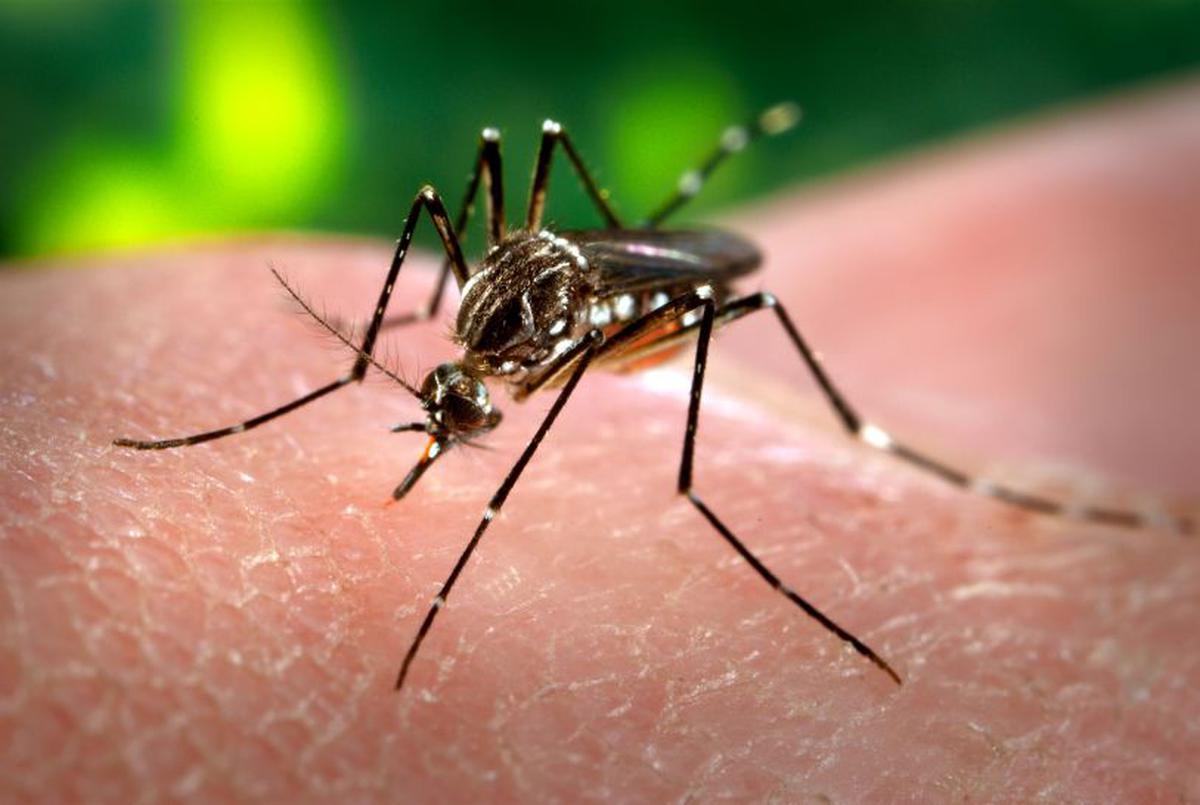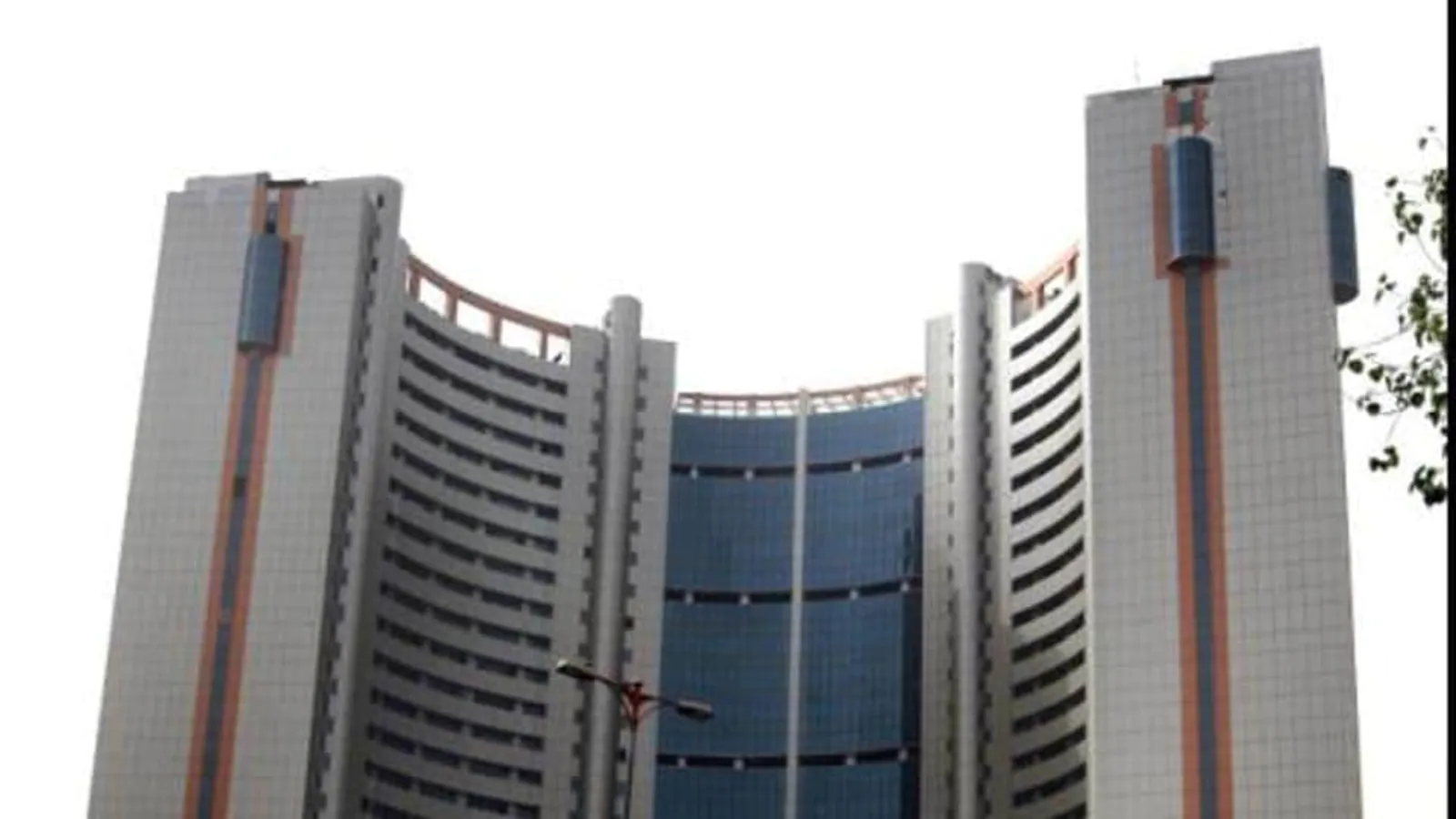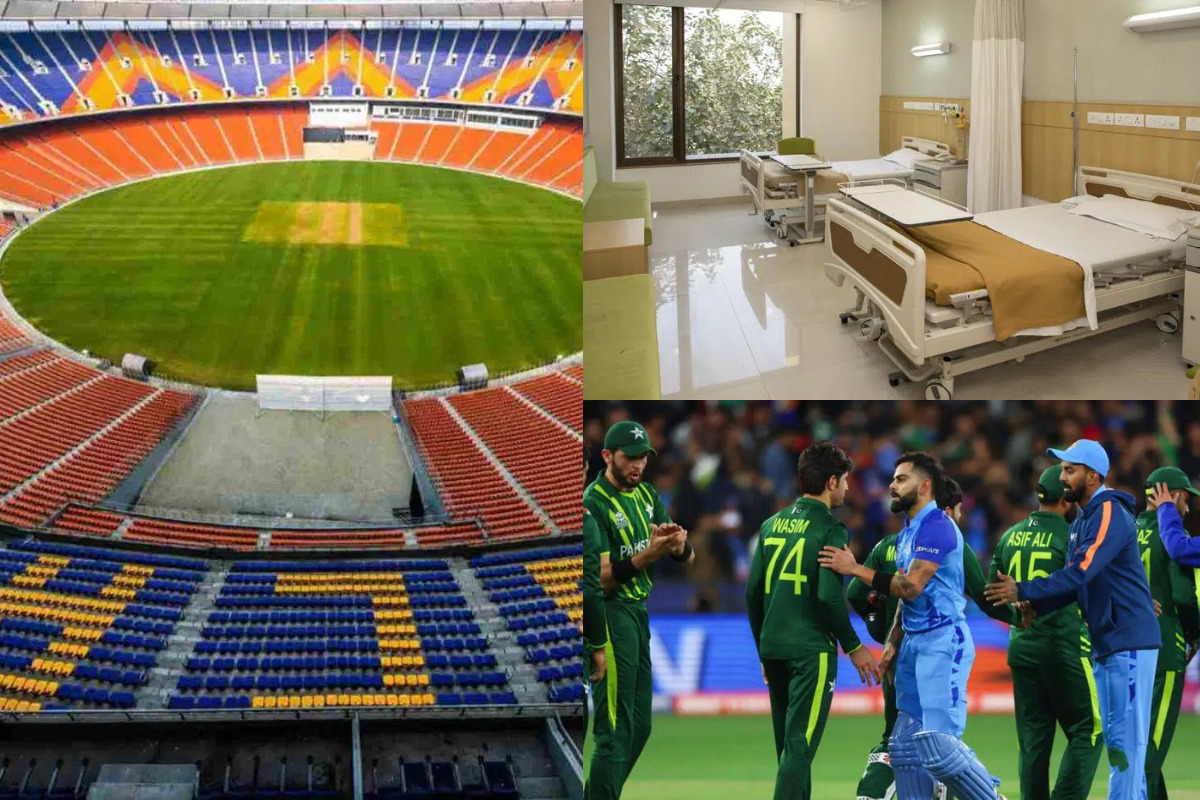In a move to stop the spread of water-borne infections, the Municipal Corporation of Delhi (MCD) has begun water quality examining in flood-hit regions as soon as Yamuna’s water level dropped below the danger mark.
Keeping strict surveillance, the local body’s public health department on Wednesday began a campaign to collect water samples from the low-lying flood-affected districts. The MCD has taken samples from Delhi Jal Board (DJB) tankers to measure the residual chlorine levels.
Chlorines bottle for water treatment
“In areas where handpumps or groundwater is used for drinking purposes, we are distributing chlorine bottles for water treatment. In general, a free chlorine residual of 0.1 ppm (parts per million) is considered a minimum level for the control of bacterial regrowth in the distribution system,” an MCD official said.
Water supply via tankers
A public health official stated that during the review meeting on disease prevention on Monday, MCD recommended that supply via tankers should be continued where the water supply has come to a halt due to flooding.
“We have deployed 10 mobile dispensaries for people in flood-hit areas. Health talks are being carried out at 30 to 40 locations to increase awareness and over 500 to 600 OPD (out patient department) visits are being overseen daily,” the official said. A parallel drive is being run to distribute oral rehydration solutions (ORS) in the rehabilitation camps, he added.
Meanwhile, the civic body has also made the decision to begin its anti-mosquito fogging campaigns in the impacted districts. “Normally, these fogging drives are undertaken in September, when the adult mosquito population increases. But the drive is being advanced in flood-hit areas,” said another MCD official.
Keep watching our YouTube Channel ‘DNP INDIA’. Also, please subscribe and follow us on FACEBOOK, INSTAGRAM, and TWITTER.


